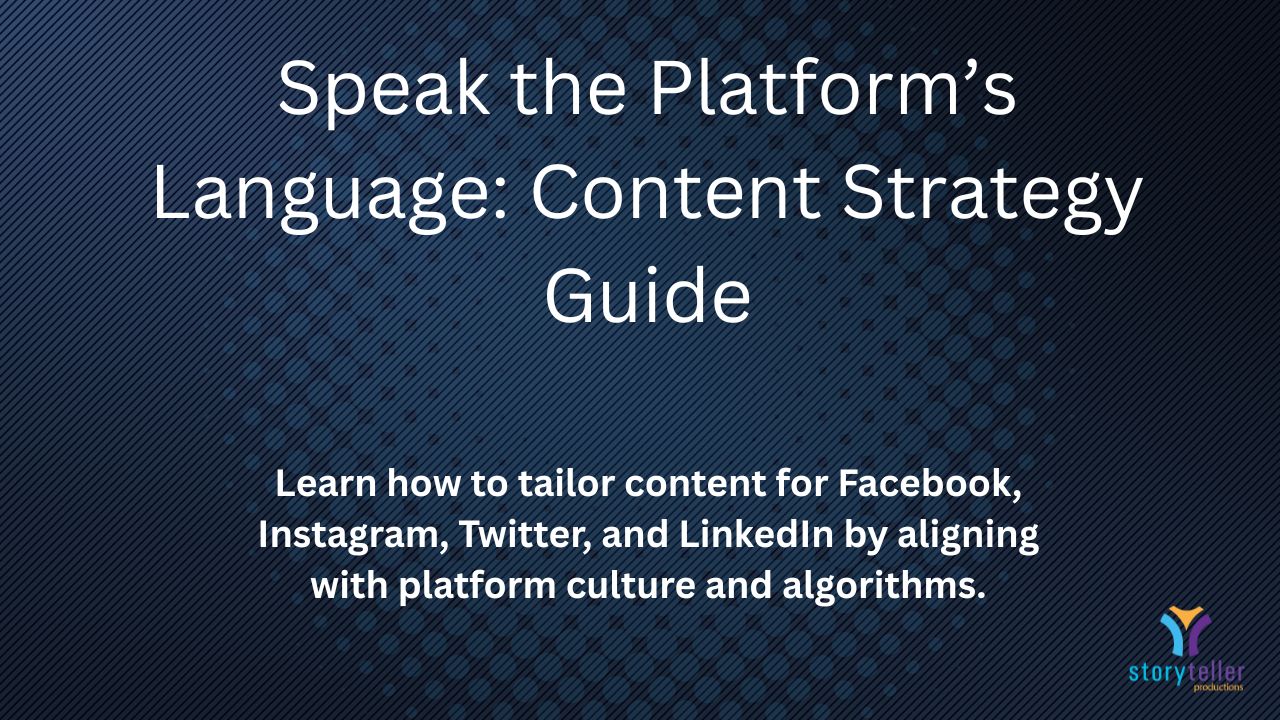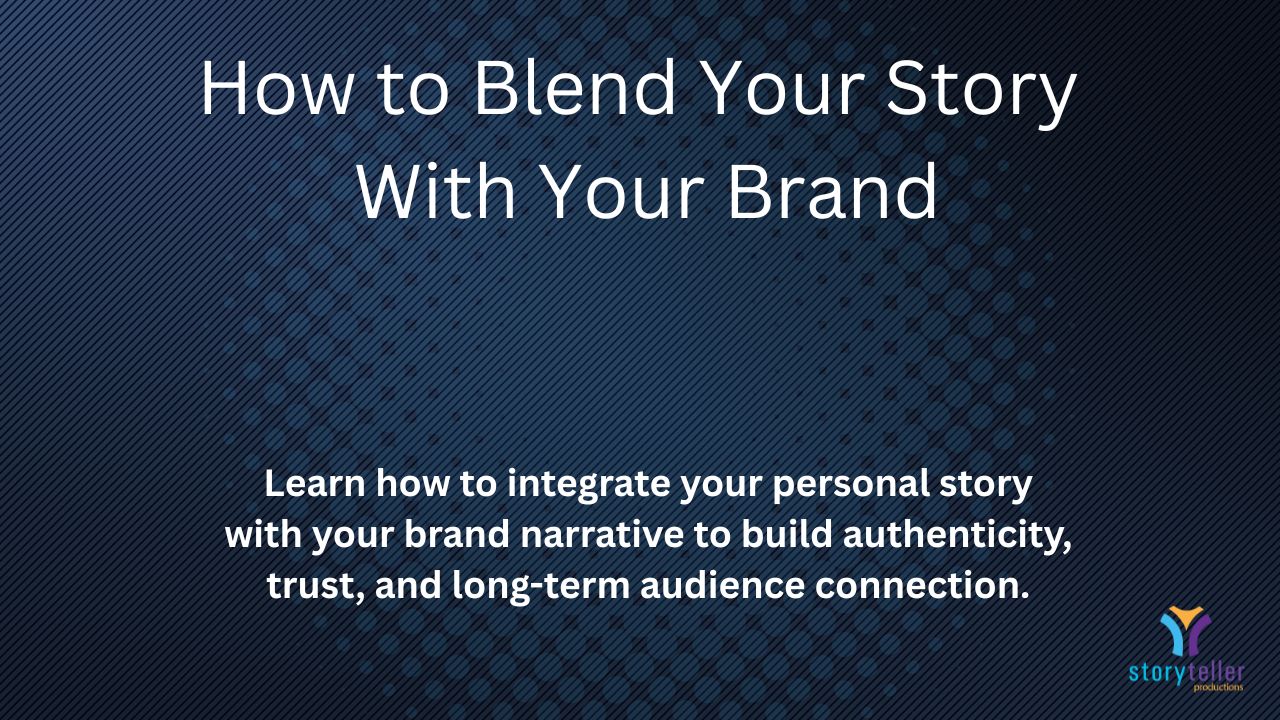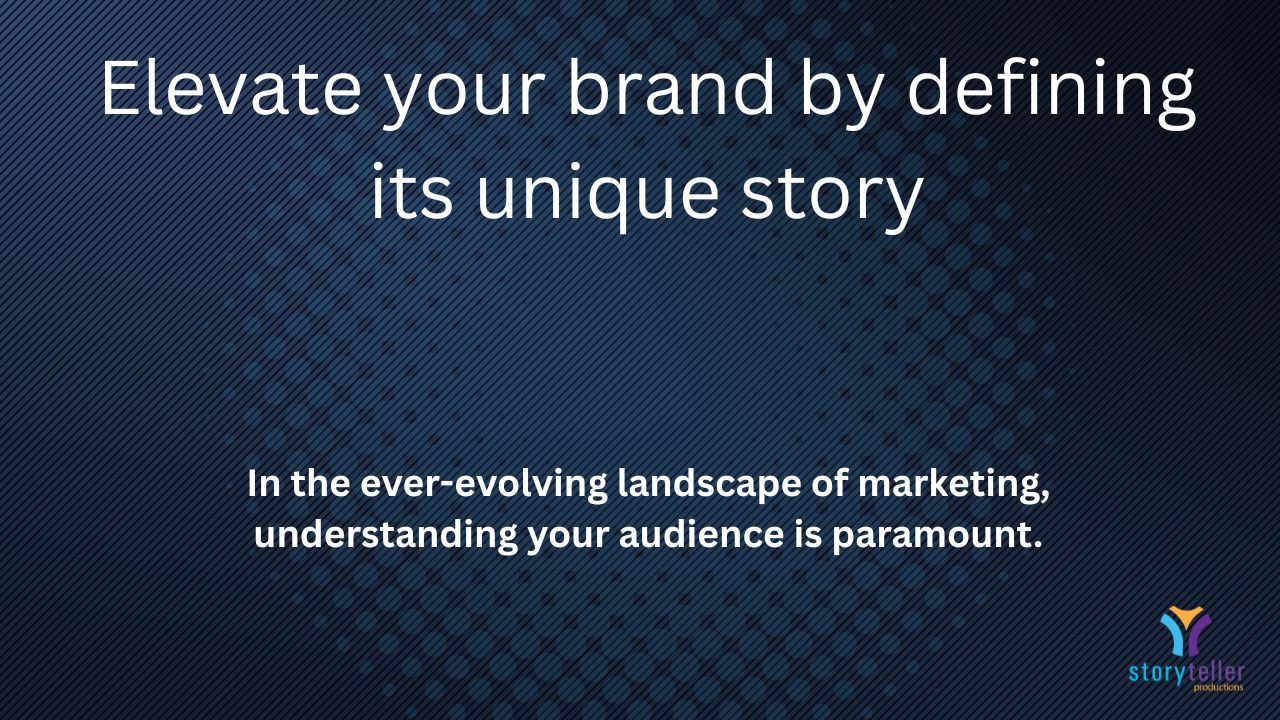Visual Anchors That Stick: Branding Guide
In the fast-paced world of digital marketing, content that blends in is content that gets ignored. If you want to stand out, your brand needs recurring visual cues—what I call visual anchors. These are the logos, colors, fonts, and design patterns that make your brand instantly recognizable across every touchpoint.
Think of them as your brand’s visual language. Done right, they don’t just make you look consistent—they make you unforgettable.
What Are Visual Anchors?
Visual anchors are consistent design elements that represent your brand identity. They can include:
- Logos
- Color palettes
- Typography
- Patterns or textures
- Photography style
By repeating these elements across your channels, you build a cohesive identity that enhances recognition and recall.
Why Visual Anchors Matter
The benefits go far beyond “looking good.”
- Brand Recognition: Makes your brand stand out in a crowded feed.
- Emotional Connection: Colors, fonts, and visuals can evoke trust, excitement, or nostalgia.
- Content Consistency: Keeps every post, ad, or campaign aligned—no confusion, no mixed signals.
How to Create Visual Anchors That Stick
1. Define Your Brand Identity
Before you design anything, get clear on the foundation:
- What values drive your brand?
- Who is your target audience?
- What emotions should your brand evoke?
Without these answers, your design will be just decoration.
2. Choose Your Visual Elements
This is where your anchors come to life:
- Logo: Simple, memorable, and reflective of your ethos.
- Color Palette: Choose colors that align with your personality (blue = trust, red = energy, green = growth).
- Typography: Fonts set the tone—serif for tradition, sans-serif for modernity, bold scripts for creativity.
3. Build a Style Guide
A style guide isn’t optional—it’s the guardrail that keeps your brand from drifting. Include:
- Logo usage rules (size, placement, background restrictions)
- Color codes (HEX, RGB, CMYK)
- Font hierarchy (headlines, body text, captions)
- Visual examples for digital and print contexts
When teams change or agencies rotate in, the style guide keeps your brand consistent.
Real-World Examples of Visual Anchors
- Nike: The swoosh plus “Just Do It.” Simple, recognizable, and always tied to motivation and athleticism.
- Apple: Minimalist design, clean lines, white space, and the bitten apple logo. Instantly signals sophistication and innovation.
- Coca-Cola: Red and white, script font, timeless packaging. It doesn’t just sell soda—it sells happiness and nostalgia.
These brands prove that consistency over time is what makes visual anchors powerful.
Actionable Insights for Designers and Marketers
- Be Consistent: Every touchpoint should reflect your anchors—ads, emails, packaging, social posts.
- Test and Iterate: Get feedback. Do your colors and fonts evoke the right feelings? If not, tweak.
- Stay Relevant: Refresh when needed. Evolution keeps your brand modern, but don’t lose your core anchors.
Closing Reflection
Visual anchors aren’t just decoration—they’re the memory hooks that make your brand stick.
So ask yourself: How can I refine my visual strategy to make my brand instantly recognizable?
When you align your design with your brand values and stay consistent, you don’t just get noticed. You get remembered.
Want more strategies like this? Subscribe to The Storyteller Advantage and learn how to create branding and content that cut through the noise.




